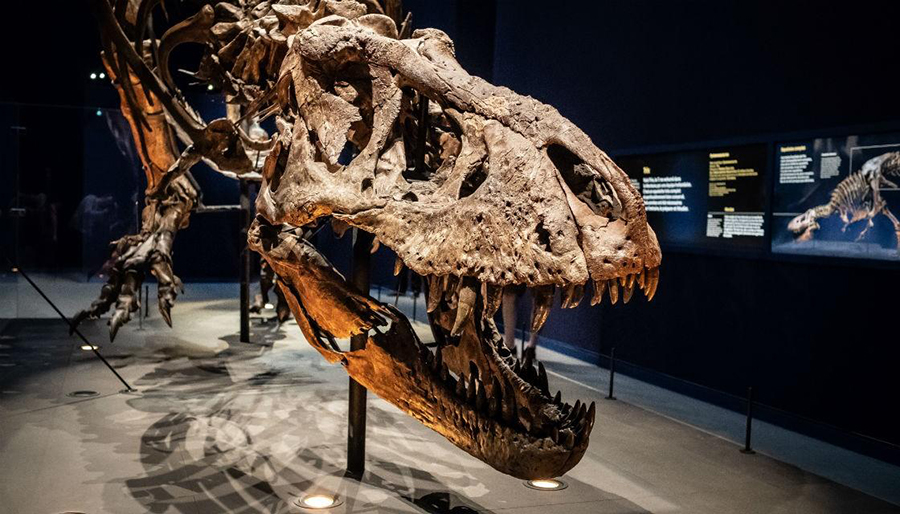Tyrannosaurus Rex Arms May Have Been Useful After All

Scientists have discovered Tyrannosaurus rex (T. rex) arms may have actually been useful, instead of the short stumpy implements they are currently believed to be.
The discovery hinges on the way the arms move. Scientists realised the T. rex and other predators like it may have been able to rotate their palms, LiveScience reports.
Christopher Langel, an undergraduate student of geology, and Matthew Bonnan, a professor of biology, both from Stockton University in New Jersey, made the discovery by looking at distant relatives of the T. rex - the American Alligator and domestic turkey.
The pair was forced to use other animals' legs because soft tissue rarely fossilizes, so there isn't much left of T. rex cartilage to study.
"We are missing information on what the shapes of the [theropod] joints actually looked like and how far apart the bones were when the predatory dinosaur was alive," Dr Langel told LiveScience.
They found the T. rex, and in fact all other theropods (a group of meat eating, bipedal dinosaurs) could have had a bigger range of movement than first anticipated.
It adds to the saying "T. rex was a clapper not a slapper", as it means it likely kept its hands in a clapping position with the palms facing inwards, rather than a slapping position with them facing down.
Scientists still aren't sure what it all means, but they think it would have been possible for the dinosaurs to use their arms to bring smaller prey towards their face for eating.
Dr Langel and Mr Bonnan now plan to study more turkey and alligator legs to tighten up their theory.
The pair's initial study is yet to be published in a peer reviewed journal.
Source: www.newshub.co.nz








